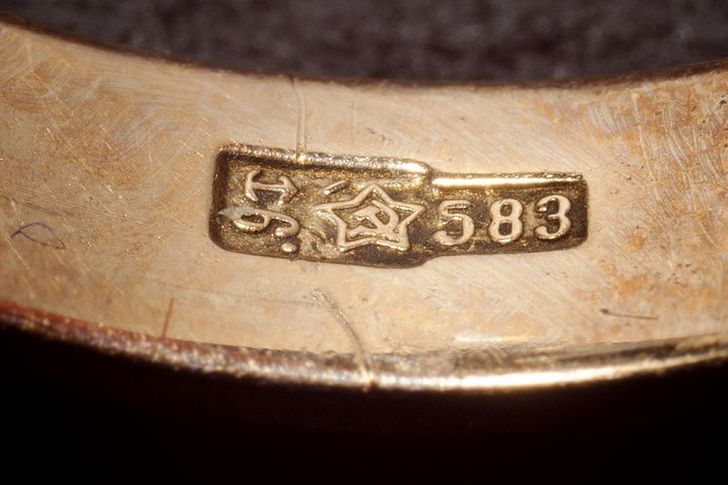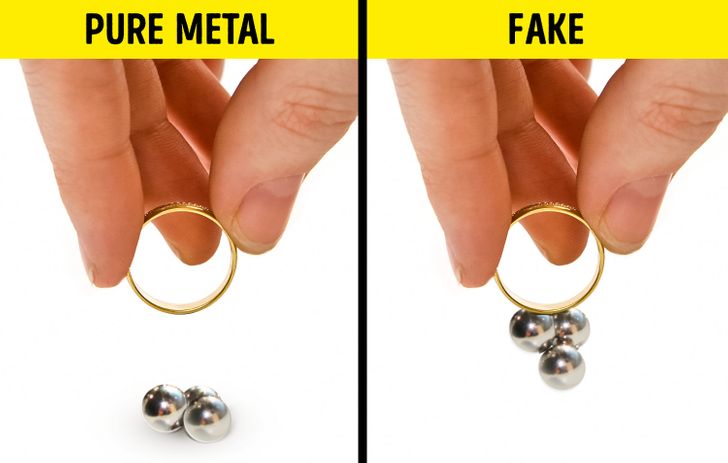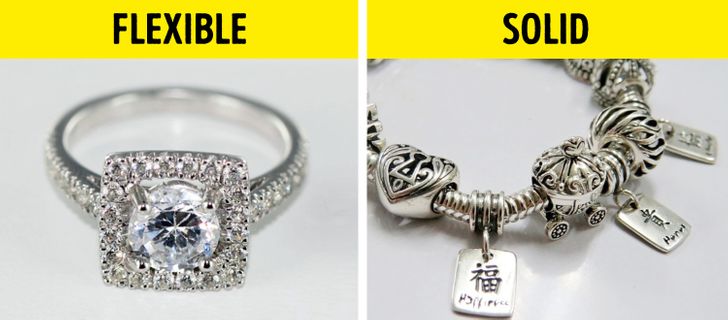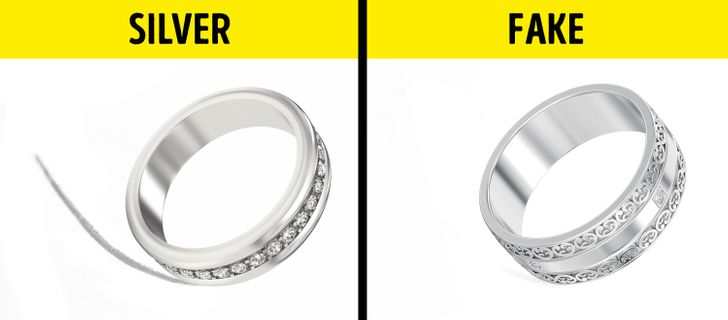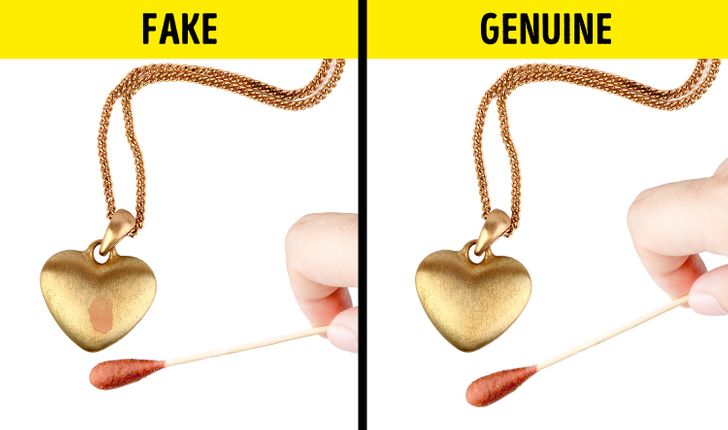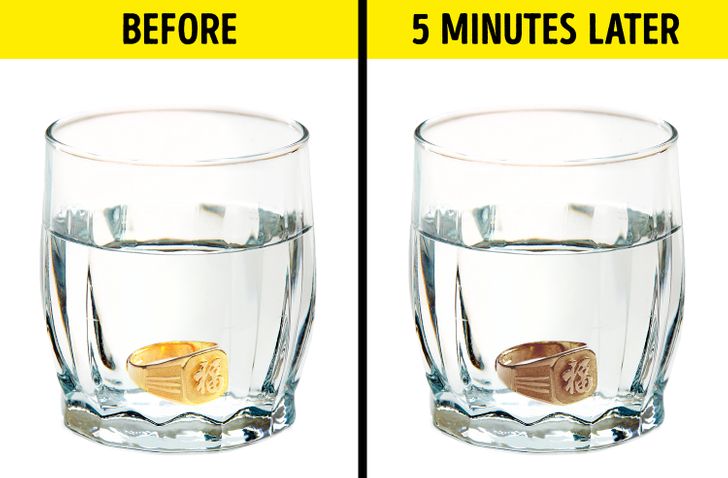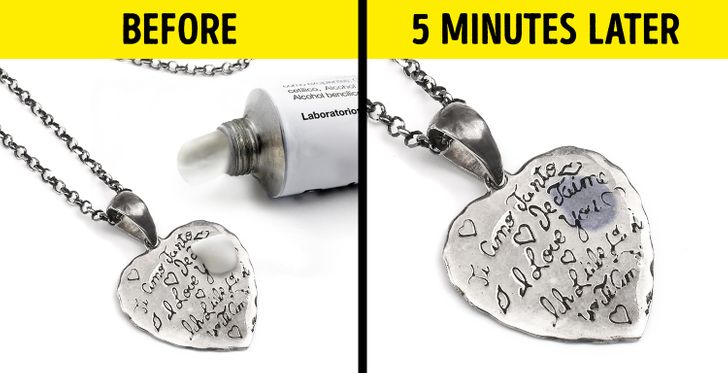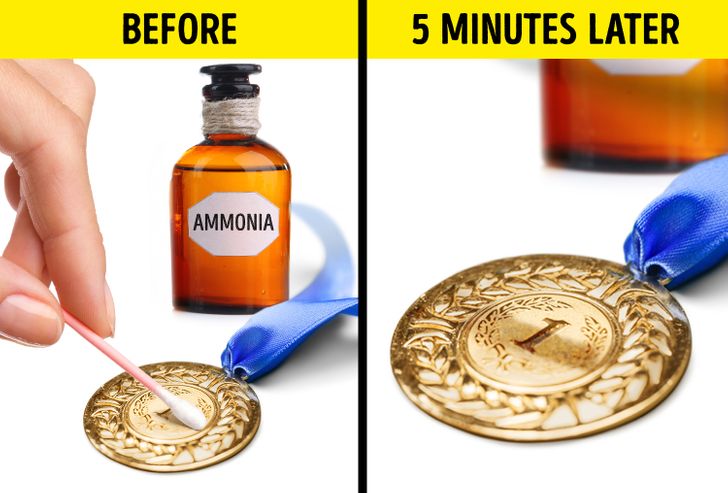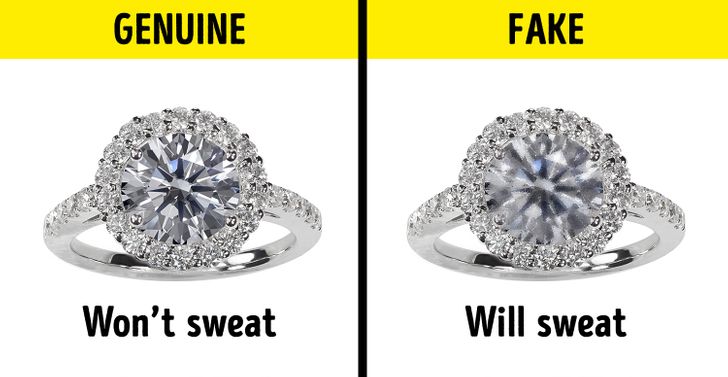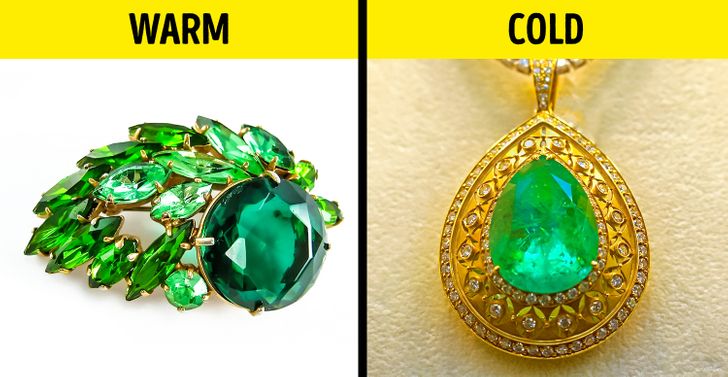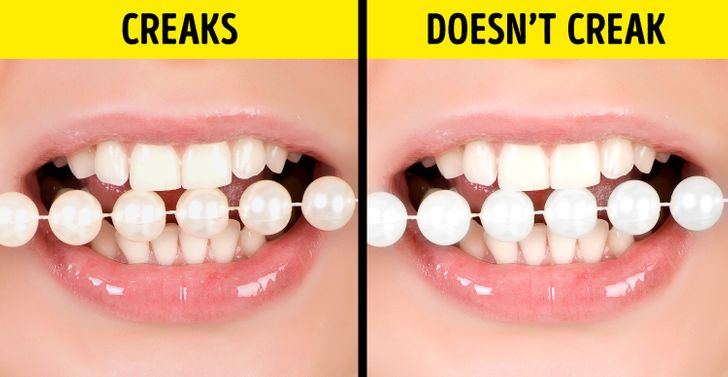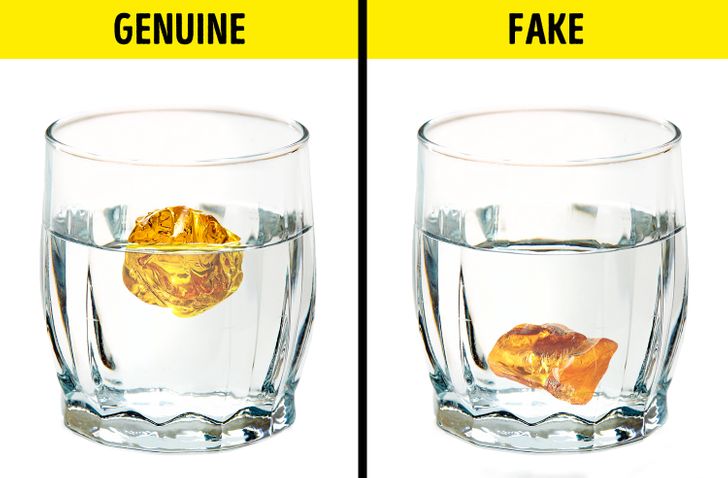Time to check the jewelry given XD Has anyone tried these tricks?
12 Useful Tips on How to Spot Fake Jewelry
Fake jewelry has been around for quite a long time. Silver can be sold as white gold, fake hallmarks can be engraved into the pieces of jewelry, and fake gems can be used instead of real ones. So it’s important to be aware of these things when you’re shopping for a ring, a bracelet, a necklace, earrings, or any other jewelry items.
Bright Side compiled a list of the simplest methods that will help you check whether an item is fake or real. By using these methods, you can check the jewelry that you have at home and some of them can even be used in a jewelry store.
Metals
Hallmark
Of course, the easiest way is to check the hallmark. The information about which hallmarks different metals have is available on the internet. After finding it, the only thing left to do will be to compare the information from the internet with the information on your jewelry item. Numbers should be accurate and easy to read, otherwise, it’s better not to take the risk and refuse to buy such an item. In order to understand the amount of precious metal according to the hallmark, place a comma after the second digit in your mind. The number that you get will show the percent of the content of a precious metal. For example, the hallmark with number 925 means that there is 92.5% of pure metal.
-
Gold hallmarks — 375, 500, 583, 585, 750, 916, 958, 999
-
Silver hallmarks — 800, 830, 875, 925, 960, 999
-
Platinum hallmarks — 850, 900, 950, 999
Magnet
Covering steel or other alloys with a high content of iron by gilding or the imitation of gilding is a widespread procedure when producing jewelry. A genuine item with a high content of precious metal shouldn’t magnetize. That’s why taking a magnet with you if you are going to a jewelry store can be a good idea.
Damages
Silver and platinum look very similar and that’s why it is so easy to replace the expensive metal with a cheap one. Such a fake made of silver will give itself away with a black shade and flexibility: platinum doesn’t have such properties.
Gold leaves golden traces on unburned and unglazed ceramic tiles or porcelain, while the traces from fakes will be gray or black. If you decide to check a jewelry item using this method, make it on some unnoticeable place — for example, a buckle.
Applying compositions
Chalk
Another simple method to check is to use chalk. Rub a silver item with regular chalk — if it starts to darken, you are dealing with real silver.
Iodine
Gold can be checked with the help of iodine. If there is a stain left on the item after the test, it is a true sign of a fake or an alloy, the composition of which has a big amount of base metals.
A drop of iodine applied to platinum items will stay dark — the more saturated its color is, the higher the hallmark of the item is.
Vinegar
Fakes of gold darken in vinegar very quickly. That’s why in order to check the genuineness of the item, pour a little vinegar into a glass and keep the item in it for about 5 minutes.
Sulfuric ointment
Silver can be checked with sulfuric ointment. If the item is made of real silver, then the place where you apply the ointment will become dark blue. Later, you’ll be able to remove it easily.
Ammonia
When interacting with most metals, ammonia causes the surface to blacken. It doesn’t happen when it interacts with platinum.
Gems
Diamond
A natural gem shouldn’t fog up when you breathe on it because it has a high thermal conductivity.
Emerald
In order to determine the authenticity of an emerald, you should examine the structure of the gem under a magnifying glass: a genuine emerald doesn’t have tubular or spiral patterns inside. Moreover, a real emerald conducts warmth badly and, therefore, always stays cold by touch.
Pearl
Genuine pearls are expensive and that’s why you shouldn’t expect an item that doesn’t cost much to be genuine. In order to determine the authenticity of a pearl, it will be enough to check it with your teeth. If you try to bite a pearl, you’ll feel that it creaks like sand. Artificial pearls don’t have such properties.
Amber
Place a piece of amber into a glass with salt water (3 tsp of salt will be enough.) An item made of glass or plastic, as well as “amber” made of epoxy resin, will sink instantly. On the other hand, genuine amber will float because its density is less than the density of salt water.
You can also try rubbing amber with a woolen fabric — it will give you an “electric shock” and it will attract small threads and dust to itself.
Are you aware of any other simple methods of checking jewelry for authenticity? Please share them with us in the comments!
Comments
Your article has wrongly listed metal PURITY MARKS as hallmarks. Hallmarks are a series of marks, such as the Russian hallmarks shown in the photo, indicating the piece is registered at an Assay Office and give information on the maker, when made, metal purity and where assayed. There are no Assay Offices in the United States.
Related Reads
My Daughter Is Calling Her Stepmom "Mom" Instead of Me

15 True Stories That Made Us Say, “The World Has Real Angels in It”

Pierce Brosnan’s Wife Stuns People With Her Transformation During Her Latest Appearance

I Discovered the Shocking Reason My Fiancé Decided to Marry Me

18 Stories About What Can Happen If You Decide to Adopt a Kid

14 True Stories That Remind Us Life Is Full of Suprises and Magical Twists

15 Parents That Deserve an Award for Their Great Sense of Humor

10 Small Acts of Kindness That Changed Someone’s Life Forever

My Husband Brutally Cheated on Me When I Was Freshly Postpartum, My Revenge Is Coming Now

My DIL Humiliated Me in Public, but Karma Came Fast

11 Real Stories of People Who Gave Up Everything for Love

18 Stories About Parents Who Support Their Children in Everything

